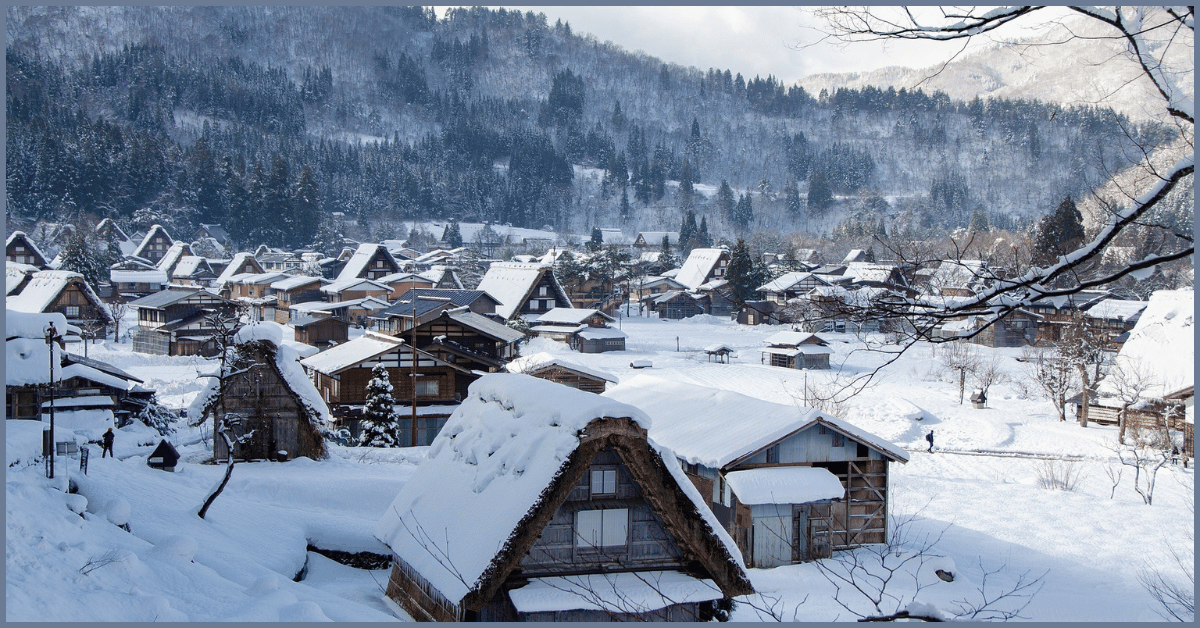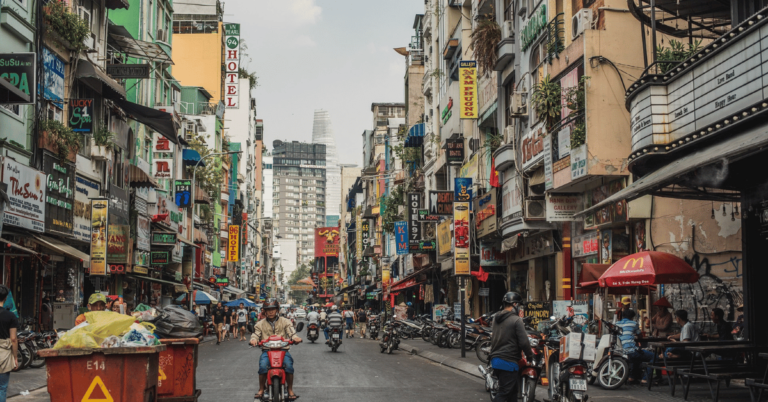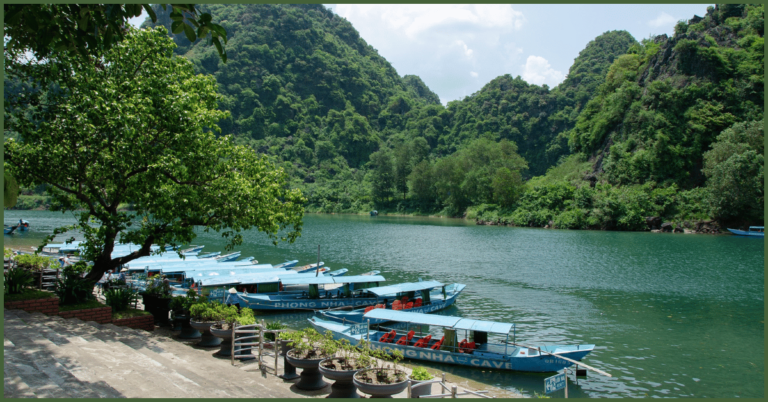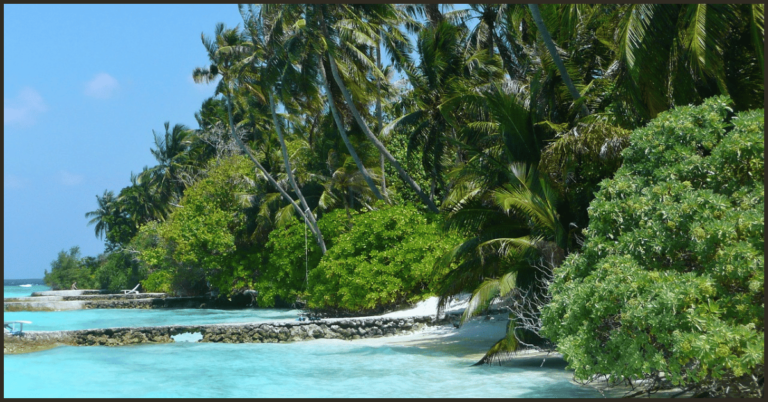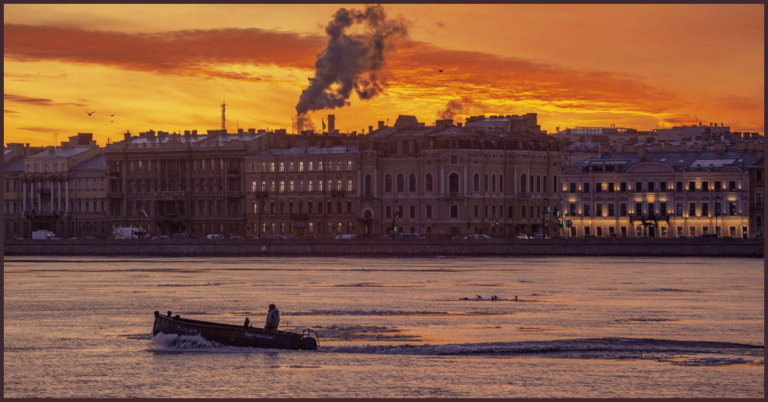Explore Top 10 Coldest Places in Japan – A Winter Wonderland
Winter in Japan is a magical time filled with snow, hot springs, and winter festivals. However, for those who aren’t prepared, the cold weather can shock the system. In this article, we’ll deeply dive into the 10 coldest places in Japan and what makes them unique. So, wrap up warm, grab a cup of hot cocoa, and let’s explore!
Japan’s winter season can be a winter wonderland for some and a frigid nightmare for others. But whether you’re a snow bunny or a beach bum, knowing the coldest places in Japan is essential before planning your winter trip. This article will give you an overview of what to expect.
What to Expect in Japan’s Winter Season?
Japan’s winter season typically lasts from December to February, bringing heavy snowfall and chilly temperatures. In some areas, the temperatures can dip below freezing, making it essential to wrap up warm. The snow also means some areas may become inaccessible, so checking travel advisories before planning your trip is important.
Criteria for Ranking the Coldest Places in Japan
To rank the coldest places in Japan, we considered three main factors: temperature, weather patterns, and uniqueness. We looked at average temperatures during the winter months, the likelihood of snowfall, and any unique weather phenomena in each location.
Top 10 Coldest Places in Japan
In this section, we’ll look at the 10 coldest places in Japan, starting with the coldest.
Asahikawa, Hokkaido
Asahikawa is the coldest city in Japan in winter and regularly experiences temperatures below -20°C (-4°F). Despite the chill, Asahikawa is known for its winter festivals, such as the Asahikawa Winter Festival, which features elaborate ice sculptures and a snow maze.
Sapporo, Hokkaido
Sapporo is the beautiful capital city of Hokkaido and experiences cold temperatures and heavy snowfall during the winter months. However, the city comes alive during the Sapporo Snow Festival, where visitors can admire intricate ice sculptures and indulge in winter sports like skiing and snowboarding.
Otaru, Hokkaido
Otaru is a picturesque port town in Hokkaido, famous for its snow-covered streets and traditional architecture. Visitors can also stroll along the Otaru Canal, lined with lanterns in winter.
Aomori City, Aomori
Aomori City is the capital of Aomori and is known for its unique winter experiences, such as the Nebuta Festival, where giant illuminated floats parade through the streets. Visitors can also visit the Aomori Museum of Art, which is located in a snow-covered park.
Niigata City, Niigata
Niigata City is located on the west coast of Japan and is known for its heavy snowfall and delicious rice. Visitors can participate in winter activities like skiing and snowboarding or relax in one of the many hot springs in the area.
Yamagata City, Yamagata
Yamagata City is located in the Tohoku region of Japan and is famous for its traditional hot springs and winter cuisine. Visitors can also visit the Yamadera Temple, which features stunning views of the snow-covered mountains.
Kanazawa, Ishikawa
Kanazawa is located on the west coast of Japan and is known for its snow-covered landscapes and cultural heritage. Visitors can explore the Kenroku-en Garden, one of Japan’s three most beautiful gardens, and stroll along the Higashi Chaya District, which is lined with traditional teahouses.
Nagano City, Nagano
Nagano City is located in the heart of the Japanese Alps and is a popular destination for winter sports enthusiasts. Visitors can ski or snowboard at one of the many resorts in the area or dip in one of the many hot springs. It is considered the coldest place in Japan now.
Takayama, Gifu
Takayama is a historic town located in the mountains of Gifu Prefecture. Visitors can admire the Old Town’s traditional architecture or participate in winter festivals like the Takayama Winter Festival, which features elaborate floats and lanterns.
Tokyo, Tokyo
While Tokyo may not be as cold as other destinations on this list, it can still experience unexpected cold spells during winter. Visitors can warm up by visiting indoor attractions like museums and shopping centers or indulge in seasonal treats like hot sake and winter sweets.
Other Cold Places Worth Mentioning
While the 10 destinations we’ve covered are some of the coldest places in Japan, there are plenty of other cold spots worth mentioning. These include Shirakawa-go in Gifu Prefecture, Toyama City in Toyama Prefecture, Sado Island in Niigata Prefecture, Kushiro in Hokkaido, and Shiretoko in Hokkaido.
Survival Tips for Traveling to Japan’s Coldest Places
Traveling to Japan’s coldest places can be a thrilling experience, but it’s important to be prepared. In this section, we’ll give you some survival tips to help you stay warm and safe during your winter trip.
Essential Gear and Clothing
When visiting Japan’s coldest places, it’s important to dress in layers and wear warm, waterproof clothing. Some essential items include a warm coat, gloves, a hat, and insulated boots.
Transportation and Accessibility
While many of Japan’s coldest places are easily accessible by train or bus, some areas may become difficult to reach during heavy snowfall. It’s important to check travel advisories and plan your route.
Cultural Practices and Etiquette
When visiting Japan’s coldest places, respecting local customs and traditions is essential. For example, removing your shoes when entering someone’s home or a traditional ryokan (Japanese inn) is customary.
Conclusion
Japan’s coldest places may be chilly but full of wonder and excitement. From winter festivals to hot springs, there’s something for everyone to enjoy. So, embrace the cold and plan your winter trip to Japan today!
FAQs
What are the coldest places in Japan?
The top 10 coldest places in Japan, from coldest to least cold, are Asahikawa, Sapporo, Otaru, Aomori City, Niigata City, Yamagata City, Kanazawa, Nagano City, Takayama, and Tokyo.
What is the best time to visit Japan’s coldest places?
The best time to visit Japan’s coldest places is winter, typically from December to February. However, checking travel advisories and weather forecasts before planning your trip is important.
What are some winter activities to do in Japan?
Japan offers a variety of winter activities, including skiing, snowboarding, snowshoeing, hot springs, winter festivals, and traditional winter cuisine.
What should I pack for a trip to Japan’s coldest places?
When visiting Japan’s coldest places, it’s important to pack warm, waterproof clothing and accessories like a warm coat, gloves, a hat, and insulated boots. Bringing hand warmers, lip balm, and a scarf is also a good idea.
